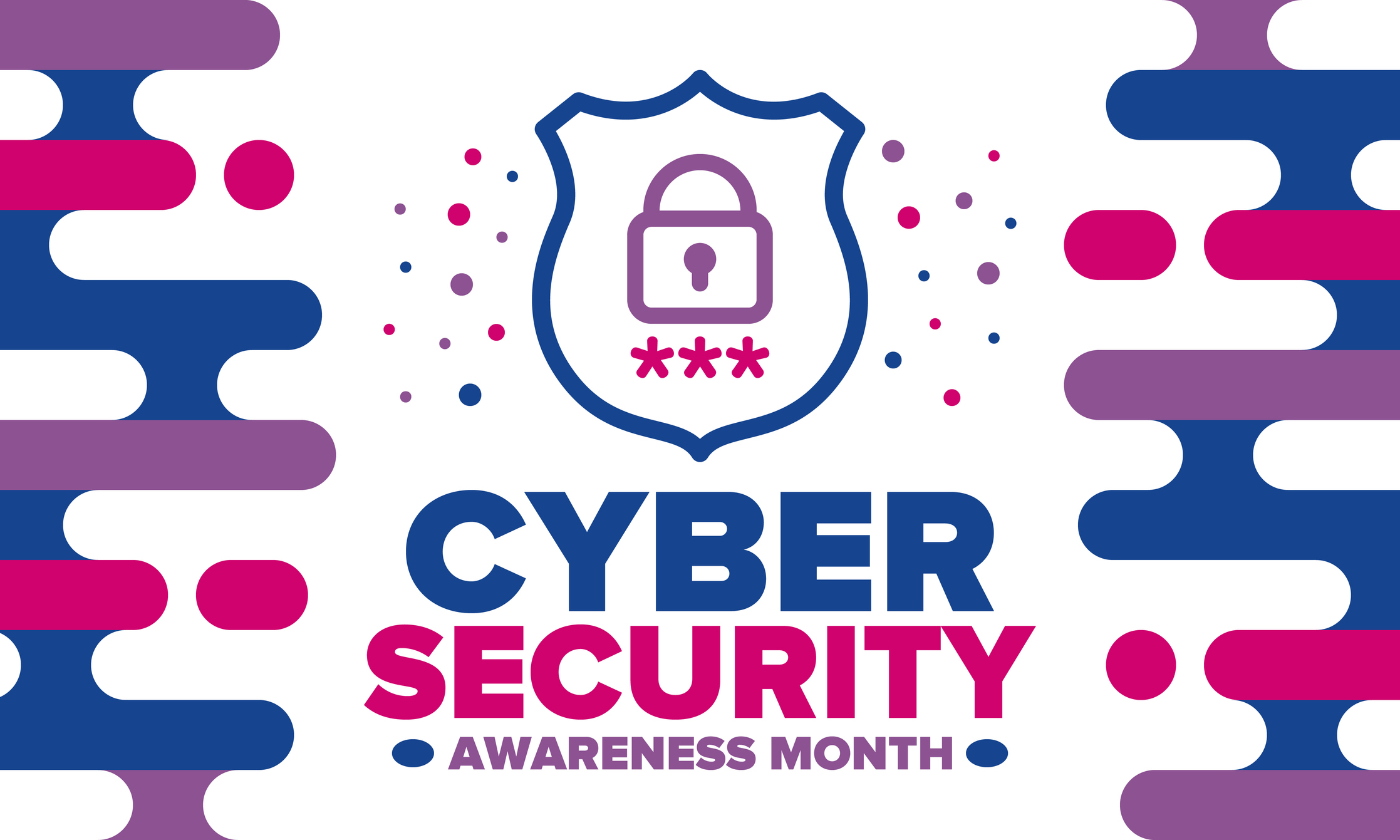The Crucial Need for Cybersecurity Awareness : Protecting Your Digital World
In our hyper-connected world, the term 'cybersecurity' is more relevant than ever. But what exactly is it? At its core, cybersecurity is the practice of safeguarding our digital systems, networks, and data from theft, damage, or unauthorized access. As we navigate this intricate digital landscape, cybersecurity awareness emerges as a beacon of knowledge, guiding us through the complexities of the virtual realm.
Why is Cyber Security Awareness Important?
Cybersecurity awareness is not merely a buzzword; it's the shield that protects us from the digital wolves prowling in the shadows. Here's why it's crucial:
1. Preventing Cyber Threats: Awareness empowers individuals and organizations to recognize and thwart cyber threats. From email scams to sophisticated malware, knowing the signs can prevent a catastrophe.
2. Protecting Sensitive Data: In an era where data is akin to gold, understanding how to protect it is paramount. Awareness educates us on encryption, secure browsing, and secure sharing practices.
3. Preserving Online Reputations: Social engineering attacks can tarnish reputations overnight. Awareness helps us recognize manipulation attempts, preserving our online credibility.
What Should be Included in Cybersecurity Awareness?
1. Email Security:
- Avoid Suspicious Links: Teach users to recognize and avoid clicking on unfamiliar or suspicious links in emails.
- Attachments Caution: Advice against downloading attachments from unknown or unexpected sources.
- Sender Verification: Encourage verifying sender email addresses, especially when asked for sensitive information or actions.
2. Phishing and Social Engineering:
- Phishing Awareness: Educate individuals about phishing emails, texts, and calls, emphasizing the importance of not sharing personal or financial details.
- Social Engineering Awareness: Teach about manipulative tactics, urging caution when sharing personal information online or over the phone.
3. Ransomware and Malware:
- Regular Software Updates: Stress the significance of keeping operating systems, antivirus, and applications up to date to patch vulnerabilities.
- Backup Protocols: Emphasize the importance of regular data backups, stored in an offline or secure cloud environment to prevent data loss in ransomware attacks.
4. Browser Security:
- Secure Browsing: Educate users on the use of secure, updated browsers and enable features like HTTPS for encrypted connections.
- Privacy Settings: Instruct on configuring browser privacy settings to limit tracking and data collection.
- Avoiding Autofill: Advice against saving sensitive information like passwords in browsers' autofill options.
5. Information Security:
- Encryption Protocols: Explain the use of encryption tools for sensitive data, both in transit and when stored, ensuring secure communication.
- Access Control: Stress the implementation of role-based access control, limiting data access to authorized personnel only.
6. Password Security:
- Complexity Standards: Set guidelines for creating strong passwords with a mix of letters, numbers, and special characters.
- Multi-Factor Authentication (MFA): Encourage the use of MFA for an added layer of security, requiring multiple forms of verification for access.
7. Device Security:
- Mobile Device Security: Educate on securing smartphones and tablets with passwords, biometrics, and remote wipe features.
- IoT Device Awareness: Advise caution with IoT devices, ensuring they are properly secured and not easily accessible from the internet.
8. Social Media and Online Presence:
- Privacy Settings: Guide individuals on configuring strict privacy settings on social media platforms, limiting who can view personal information.
- Think Before Sharing: Emphasize the importance of being mindful of the information shared online, as even seemingly harmless details can be used for malicious purposes.
9. Incident Reporting and Response:
- Incident Reporting Channels: Establish clear channels for reporting suspicious activities or potential security incidents within the organization.
- Response Protocols: Develop and communicate incident response protocols, ensuring swift actions in case of a security breach.
10. Continuous Training and Updates:
- Regular Training: Conduct periodic cybersecurity training sessions to keep employees, users, or community members updated on evolving threats and best practices.
- Simulated Phishing Tests: Implement simulated phishing tests to assess awareness levels and provide additional training where necessary.
By incorporating these detailed points into your cybersecurity awareness programs, you can create a robust defense against various cyber threats, ensuring a safer digital environment for all users.
Cyber Awareness Challenges:
Despite the advancements, challenges persist. Limited resources, diverse user demographics, and evolving cyber threats pose ongoing challenges in promoting cybersecurity awareness universally.
Benefits of Cyber Security Awareness Consulting:
1. Empowering Businesses: Consulting services provide tailored solutions, equipping businesses with the knowledge to create robust cybersecurity frameworks. Employees become proactive in countering threats, mitigating risks significantly.
2. Informed Decision-Making: Analyzing cybercrime trends enables data-driven decisions. Understanding the threat landscape empowers organizations to take proactive measures, reducing the likelihood of security breaches.
Cyber Crime Ratio (2018-2022):
| Year |
Cyber Crime Ratio |
| 2018 |
1 in 10 |
| 2019 |
1 in 7 |
| 2020 |
1 in 5 |
| 2021 |
1 in 4 |
| 2022 |
1 in 3 |
Conclusion and Call to Action:
The digital realm is both wondrous and perilous. Cybersecurity awareness is our armor, our defense against unseen threats. Stay informed, stay vigilant. Sign up for our newsletter to receive regular updates on the latest cybersecurity trends, expert insights, and invitations to our interactive learning sessions. Together, let’s fortify the digital world, one informed decision at a time.
Hashtags: #CybersecurityAwareness #InfoSec #StaySafeOnline #CyberAwarenessConsulting #DigitalSecurity
Remember, education is the key. By spreading awareness and knowledge, we create a safer online environment for everyone. Join us in this endeavor, and let’s make the digital world a secure place for all.

